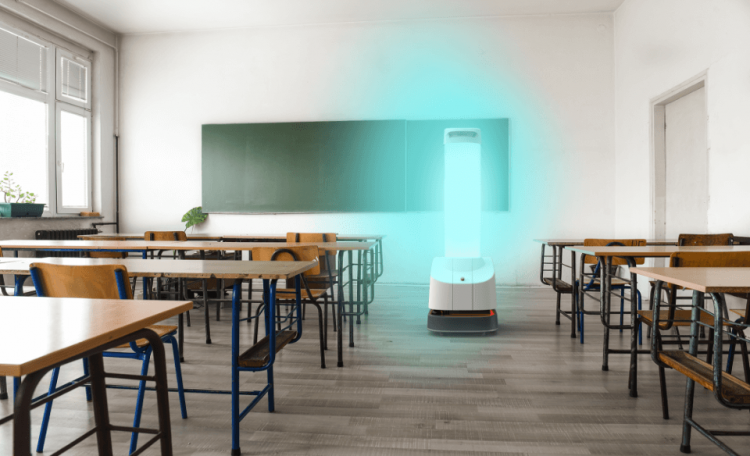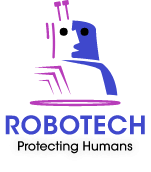
The power of UV-C light
When there was an explosion of Covid-19 in China in late 2019, there was a massive demand for disinfecting UVD Robots from companies to sanitize their business place. The demand for this product was always on the top in the years 2018,2019, but it tripled in a couple of months due to Corona Virus. The infection was increasing, so do the number of deaths, and there was tension among the medical community about what could be done to prevent the spread of this virus. And there one solution came out, which was the use of autonomous robots having UV-C light, which would destroy the bacteria. UV-C is a well-renowned disinfecting process for many years, but no one made its use with autonomous robots. UV-C light is super beneficial and does its work effectively to kill bacteria and viruses. When the UV-C light penetrates the microorganisms' cell membranes, it destroys the bacteria and immediately stops the reproduction process. The challenge involved with the use of UV-C light is that it must be approximately one meter close to the disinfecting surface. UVD Robots are different as they have a autonomous approach, and in the hospitals, they navigate the rooms and corridors according to the maps decided. The user or the operator gives a direction to the UVD Robot to reach the appropriate space for the disinfection procedure. Through an autonomous approach, the UVD Robots detects the surface and ensures that the UV-C light reaches the disinfected area or room. The UVD Robots possesses UV-C capabilities, which let you know about the effectiveness of the disinfection process by thoroughly scanning. Overall it requires ten to twelve minutes for disinfecting a room, and for a larger area like a theatre, it requires a maximum of fifteen to twenty minutes. You can determine the progress rate of this product. In the future, there will be an expansion of UVD Robots and their use will not be only limited to the healthcare industry. Other than the healthcare industry, the UVD Robots are used in the aviation industry, schools, pharmaceutical industry, and hospitality industry.
How are Robotech UVD Robots helpful in fighting against COVID-19:
The Robots are helping a lot in this tough and challenging time by bringing the medicines to the patient's bed. The way these robots support these difficult times seems like the robots and humans could be great companions in the post-pandemic. In the outbreak of this disease, there was wide usage of these robots in hospitals, industries and factories by delivering the medicines to the patients, thoroughly sanitizing and disinfecting the rooms, and ensuring proper social distancing. In the post-pandemic world, this robotics technology can be used for building ventilators that can be cost-effective and useful at the same time. The task of robots is not only limited to disinfection. The robots are used in factories for the assembling process, and people are working side by side to support the robots. The new threat to humans because of COVID-19 has urged us to take some drastic measures. One of those measures is the deployment of robots to combat the deadly virus. This novel coronavirus affects people with less immunity, and they are likely to be more infected, which can even lead to death. With the increasing rate of this infection, the medical professionals who are aiding other ill people are being exposed more and are risking their lives. Robots are helpful for medical professionals by reducing the risk of medical professionals by scanning the patients with symptoms of corona virus-like high temperature and coughing. Mobile robots, on the other hand, are used for the routine temperature check of the patients. It also makes the task easy for the nurses by delivering the medicines to the patients. Robots ensure that the doctor and nurses' skills are used where they are much needed and they perform their duties effectively and efficiently. Disinfecting the particular area with delivering the meals and medicines to the patients is a mundane task performed by the robots. It prevents the workers, and medical professionals from the risks of infections as hospitals are the hotbeds of these infectious diseases. It frees the staff and nurses from small workloads so that they can concentrate more on serious issues.

